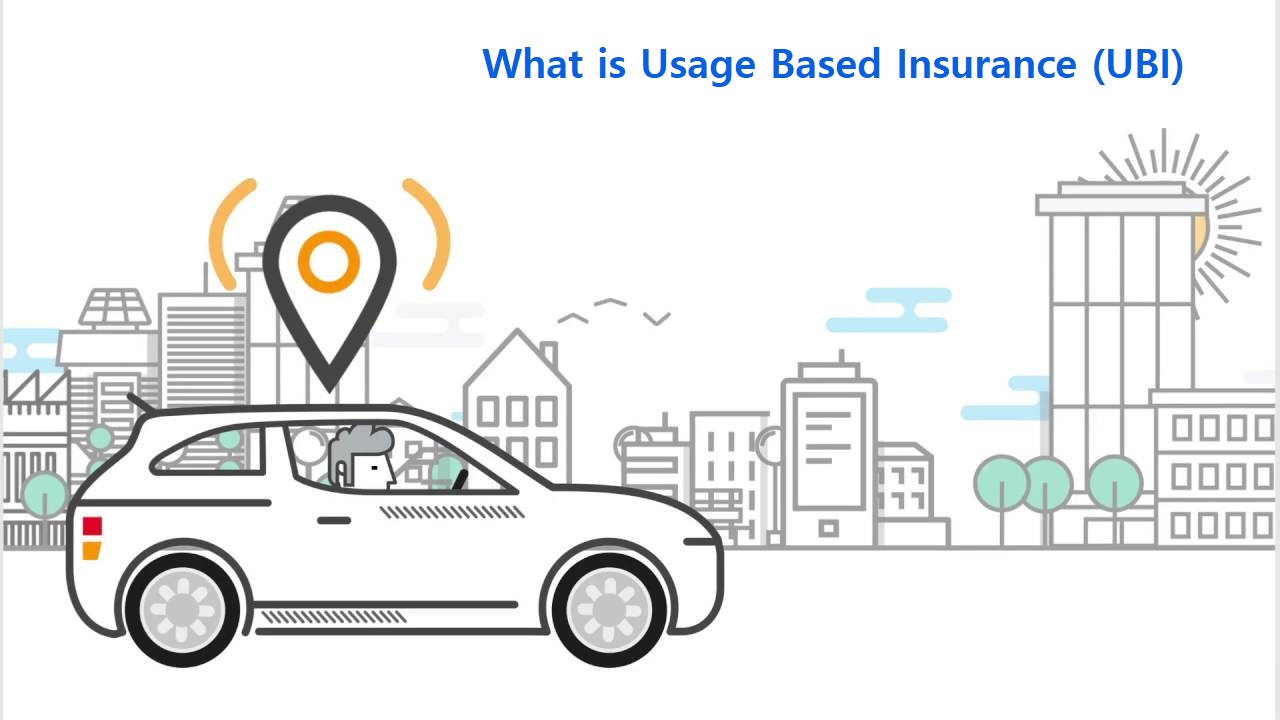

In recent years, Usage-Based Insurance (UBI) has become one of the most talked-about technologies in the automotive insurance industry- and for good reason. A relatively new type of insurance, UBI allows insurance companies to utilize telematic (telematics is a method of monitoring cars, trucks, equipment and other assets by using GPS technology and on-board diagnostics) and tracking technology to assess their clients’ driving habits.
Usage-based insurance extends the range of data available to insurers and makes it possible for them to monitor individual customers’ real-world driving behavior, inclinations toward safe or dangerous driving practices, trip characteristics, the current condition of their vehicle, the locale of vehicle operation, weather factors, and more. The insurance companies can then analyze this data to determine driver risk and in turn provide their drivers with customized premiums- which for safe drivers, means savings on car insurance.
Evaluating driver performance allows insurers to offer fairer premiums to customers than they could be they simply relying on traditional underwriting metrics such as age, gender, occupation, financial information, etc
Usage-Based Insurance (UBI) is an innovative model of auto insurance where the premiums are determined based on individual driving behavior rather than traditional factors such as age, gender, or credit score. This approach leverages telematics technology to collect real-time data on how, when, and where a vehicle is driven, enabling insurers to offer more personalized and fairer pricing.
HowUBI Works
1. Telematics Device Installation:
OBD-II Device: A small device that plugs into the vehicle's onboard diagnostics port (OBD-II), commonly used in cars manufactured after 1996.
2. Data Collection:
Driving Behavior: Speed, acceleration, braking patterns, cornering, and adherence to speed limits.
Mileage: Total distance driven within a specific period.
TimeofDay: Information on when the vehicle is driven, distinguishing between daytime, nighttime, and rush hour driving.
Location: Geographical data to understand the types of roads frequently used (highways, urban streets, rural roads).
Vehicle Usage: Patterns of usage, including frequency and duration of trips.
3. Data Transmission:
Thecollected data is transmitted to the insurer via cellular networks or Wi-Fi, often in real-time or at regular intervals.
4. Data Analysis:
Insurers analyze the data to assess risk factors and calculate a personalized insurance premium. Safer driving behaviors typically result in lower premiums, while risky behaviors can lead to higher costs.
5. Feedback to Drivers:
ManyUBIprograms provide feedback to drivers through mobile apps or online dashboards, helping them understand their driving habits and how they can improve to potentially lower their premiums.
Benefits of UBI
1. Fair Pricing:
UBIoffers fairer pricing by aligning premiums with actual driving behavior rather than relying on demographic factors. Safe drivers are rewarded with lower rates.
2. Risk Management:
Real-time data allows insurers to better understand and manage risks, leading to more accurate pricing models and reduced losses.
3. Encourages Safe Driving:
Providing feedback on driving behavior encourages drivers to adopt safer practices, which can reduce the frequency and severity of accidents.
4. Environmental Impact:
Bypromoting efficient driving behaviors, UBI can contribute to reduced fuel consumption and lower emissions.
5. Customer Engagement:
Theinteractive nature of UBI programs fosters better engagement between insurers and policyholders, enhancing customer satisfaction and loyalty.